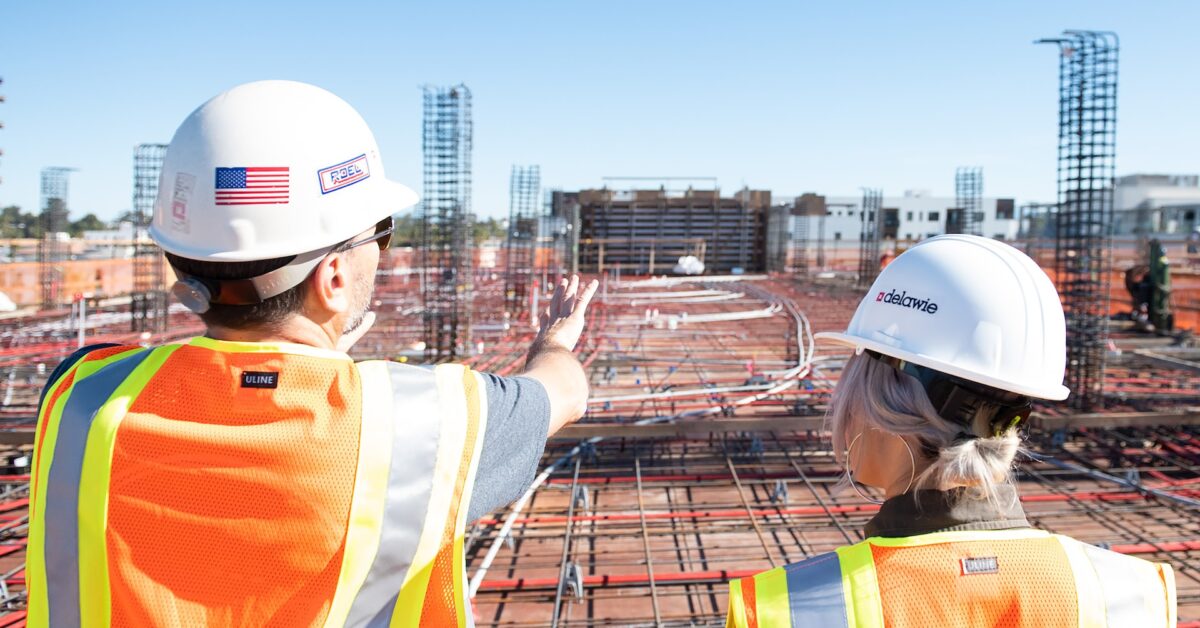Architects are trained professionals who are experienced in drawing designs for construction projects. They are also skilled in implementing bespoke designs as visualized by the client.
The role of architects in the field of Urban Planning and Development is essential to the development of a well-organized and sustainable city. They help design livable communities by providing green spaces and alternative transportation options.
Design
Architects can play an essential role in the development of communities. Their responsibilities involve designing buildings and public spaces while considering their work’s societal and environmental consequences. This ensures the designs are safe, sustainable, and suited to the community’s needs.
Besides working for private clients, architects can serve society in government and institutions. This can include federal, provincial/territorial, or municipal positions. These roles may require advanced skill sets, such as stakeholder management and engagement, negotiation, and interpersonal relationship building.
They are often engaged to complete various urban planning studies, such as master planning and intensification studies, and to investigate the potential to renew existing sites. This requires a good understanding of architectural design and its application and a knowledge of the unique spatial requirements of various building types and forms. The utilization of an architectural visualisation studio can help them create the features and vision they have so they can make it come to life.
This knowledge will help them to interpret urban design guidelines and policies. In addition, it will enable them to be leaders on multi-disciplinary teams often engaged in preparing these studies.
Planning
Architects are well-trained to consider many urban planning and development aspects when designing their buildings and public spaces. This includes zoning, traffic management, community spaces, and the overall efficiency of city-life elements like new and existing buildings, green space resources, and transportation.
Architects also contribute to city resilience by working on hazard assessment and risk communication, which helps to ensure safer and more sustainable cities in disaster. In addition, architects often work on adaptive reuse and urban regeneration projects that help to breathe new life into a city or building. This is not only an essential aspect of preservation, but it can also be a great way to bring in investments and create opportunities for economic growth.
Sustainability
Architects play a crucial part in influencing the built environment. Their training, experience, and regulated status give them the power to design buildings of all types. Their influence extends beyond the boundaries of the built environment, however. They also have a responsibility to shape our society.
Architects increasingly take a more holistic view of their work and incorporate sustainability into their practice. Sustainable architecture focuses on energy efficiency and the use of sustainable materials. It also incorporates green spaces and infrastructure into the design.
In addition, well-designed public spaces can foster social interaction and community engagement, which can help build resilience in the face of climate change. Ultimately, architects play a vital role in the planning and developing of sustainable communities.
They integrate sustainable infrastructure, promote community livability, and understand and use zoning laws. They also provide value to their clients by ensuring that their buildings and urban planning meet the population’s needs and the local environment.
Community Livability
Livable communities support people of all ages, abilities, and income levels to thrive by providing the physical and social infrastructure that fosters health. This includes accessible zoning and transportation, diverse housing options, and safe, attractive neighborhoods.
Livability also depends on how much access residents have to jobs, education, and cultural and entertainment activities. This can be measured by the number of civic, social, religious, and political organizations per 10,000 people. A high crime rate makes people feel unsafe in their homes and public places, so livable communities have low crime rates.
Architects can contribute to community viability by designing buildings and public spaces that promote mental and physical well-being. These spaces can help people relax, connect with nature, and provide exercise and social interaction opportunities.
They can also help create communities that are environmentally responsible and sustainable. Moreover, architects can also be essential in creating resilient communities to natural disasters and intentional attacks.

